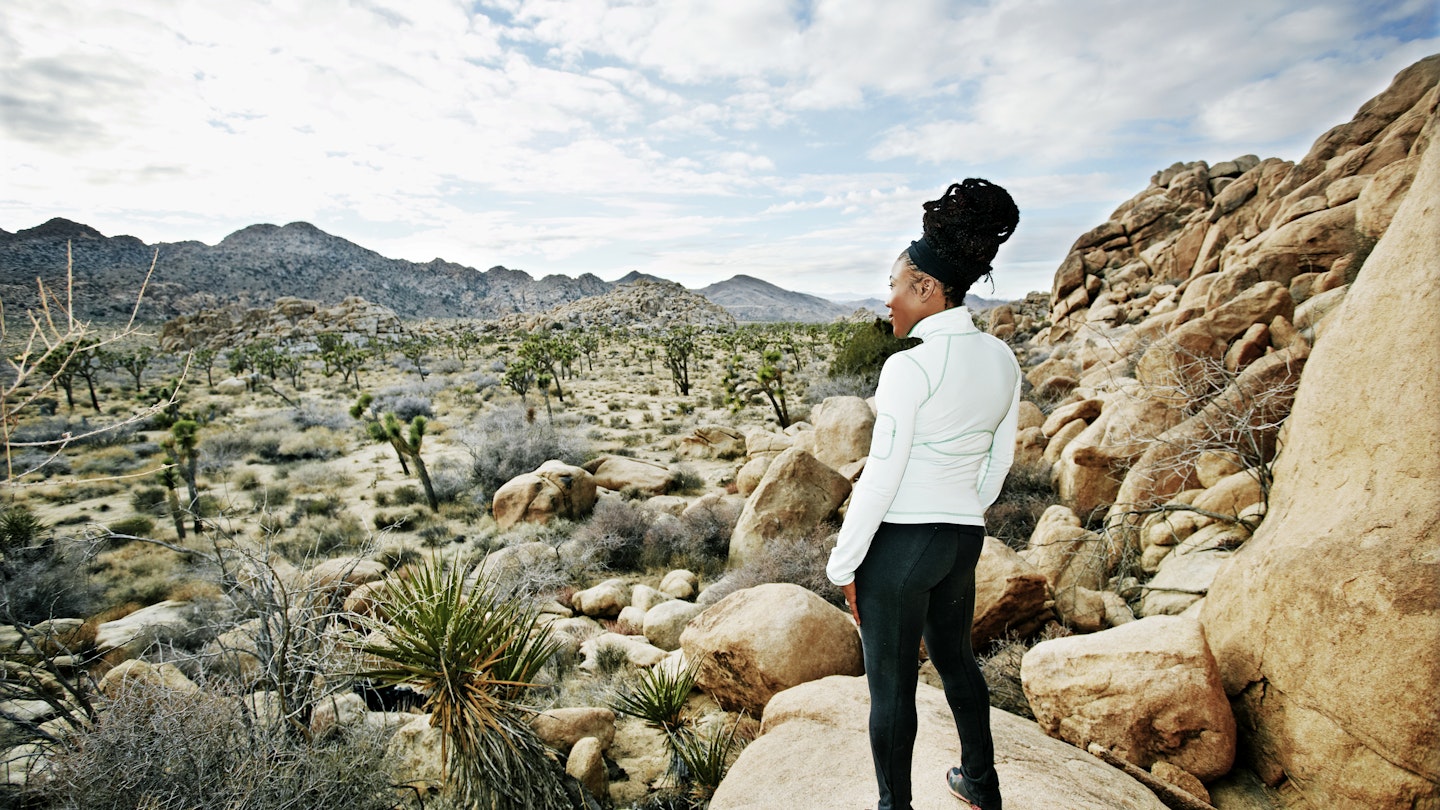As the pandemic continues, many Americans have sought refuge in US national parks. Despite millions of travelers visiting these parks, it is surprisingly easy to enjoy a peaceful experience, provided you make thoughtful plans ahead of time.
A lot of visitors fail to strategize their trips, which can lead to frustrating experiences. By carefully considering timing and planning, you can enjoy the parks as serene retreats rather than sitting in traffic or dealing with crowds.
As a national parks enthusiast, I want to share my top tips for escaping the masses and enjoying a more intimate experience with nature.
Get There First or Stay Late
If the chance arises, be one of the first or the last visitors at a park. For example, watching the sunrise at Haleakalā National Park or at Cadillac Mountain in Acadia National Park can require permits depending on the season. After sunrise, take your time savoring solitude alongside breathtaking views.

For those visiting Dry Tortugas National Park, consider taking the first seaplane flight of the day. You’ll have approximately an hour and a half to explore the area before the ferry brings large groups.
Visit in the Afternoon
Typically, most visitors flock to popular park attractions between 9 AM and 2 PM. Therefore, by mid-afternoon, you might find a more tranquil environment as tour groups and school trips have often departed. Many parks operate round-the-clock, allowing you to enjoy the scenery at your own pace.

Explore by Bike
It is worth noting that certain national parks, such as Glacier National Park and Yellowstone National Park, allow biking on main paved roads during specific times of the year when the roads are closed to motorized vehicles.
Remember that the window for cyclists to utilize these roads without traffic can be limited to just a few weeks in the spring and fall, depending on weather conditions. Riders are encouraged to adhere to all standard traffic regulations for safety.
Just Add Water
Whenever possible, enjoy activities on the water such as kayaking, paddleboarding, or canoeing to experience the parks from a unique perspective.
Moreover, scuba diving is permitted in certain parks. For instance, Florida’s Biscayne National Park, which is primarily water, offers a fantastic opportunity for certified divers to explore aquatic life in peaceful surroundings.

Visit During Winter or Off-Season
Many individuals overlook the beauty of national parks during winter. Some parks are even transformed into winter wonderlands, providing solitude. If you are prepared for cold weather and outfit yourself appropriately, you’ll find it easy to enjoy the parks nearly alone.
For instance, Badlands National Park, Devil’s Tower National Monument, and Great Smoky Mountains National Park may have snow-covered trails, but with the right gear, you can enjoy breathtaking views with minimal crowds.
Take Advantage of Uncommon Circumstances
Lastly, consider visiting national parks during off-peak times. For example, Gateway Arch National Park on Super Bowl Sunday typically has fewer visitors, as does Everglades National Park during hurricane season. While it’s important to note that parks may close in the event of an actual hurricane, visiting during uncertain weather can lead to rewarding encounters with local wildlife.
This article was first published Nov 27, 2020, and updated Jan 6, 2022.





